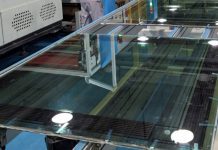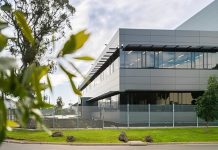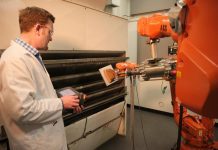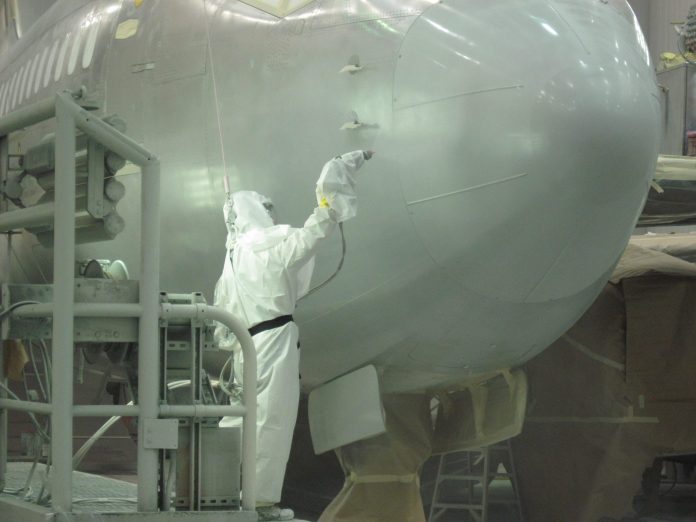
CSIRO has entered into a $35 million research agreement with Boeing to work on a broad range of areas of mutual interest including space sciences, advanced materials and manufacturing.
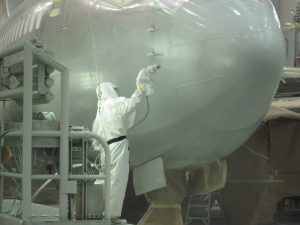
The funding agreement – which was announced at the American Chamber of Commerce in Australia’s G’day to Aussie innovation event in Sydney last week – is the latest step in a 28-year partnership between the two parties that has provided a huge boost for Australia in the global aviation industry.
“With almost three decades of ground-breaking research that has created jobs and growth for Australia and the US, it’s hard to overstate the impact that our relationship with Boeing has had,” said CSIRO Chief Executive Larry Marshall.
“Adopting a global outlook for national benefit is a key pillar of CSIRO’s Strategy 2020, and it’s an approach that has yielded enormous benefits through our relationship with Boeing.”
CSIRO and Boeing, which celebrated their respective centenaries in 2016, have invested more than $AUD170 million on 190 joint research projects over the years into everything ranging from innovative new manufacturing processes, to fire retardants, biofuels and software.
One of these research projects has resulted in the development of CSIRO’s “Paintbond” technology, which has been applied to more than a thousand Boeing airplanes – including some in the skies above Australia – saving millions of dollars in maintenance costs.
Dr Marshall said the strong ties between CSIRO and the world’s largest aerospace company were pivotal in Boeing choosing Australia as the location for its largest R&D operation outside the United States.
“We are proud to have worked with Boeing so closely and for so many years, helping them to deliver profound value to their customers.” Mr Marshall said.
“Our relationship is a real success story of science partnering with industry to create impact, and we’re looking forward to growing that impact even further in the coming years.”


